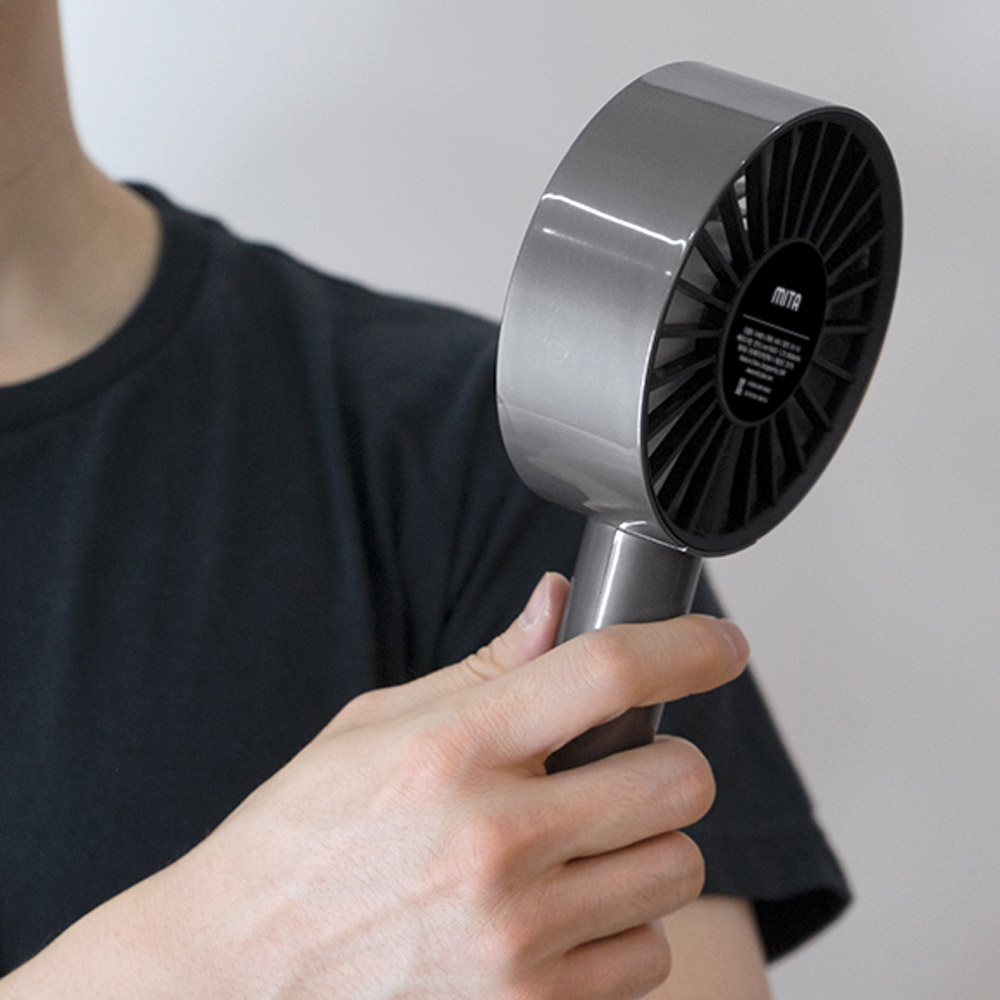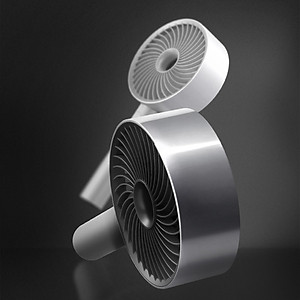Vietnam’s Charging Revolution: Inside a Modern iPhone Charger Factory
Vietnam’s Charging Revolution: Inside a Modern iPhone Charger Factory
In the global race for electronics dominance, Vietnam has quietly but decisively emerged as a manufacturing powerhouse, a reputation built on a foundation of precision, efficiency, and unwavering commitment to quality. Nowhere is this more evident than in its factories dedicated to producing iPhone chargers. These facilities are not just workshops; they are sophisticated operations where cutting-edge technology and a highly skilled workforce converge to create the essential accessories that power millions of Apple devices worldwide. This detailed look inside a Vietnamese iPhone charger factory reveals the intricate processes, stringent quality controls, and strategic advantages that have propelled the country to the forefront of the global electronics supply chain.
The journey of an iPhone charger, from a handful of raw materials to a finished, market-ready product, is a marvel of modern engineering. It begins long before assembly, in the research and development (R&D) department. Here, a team of engineers and designers meticulously plans the charger's architecture. The core of any charger is its Printed Circuit Board (PCB), a complex board laden with a variety of components. For an iPhone charger, this board must be designed to safely convert the alternating current (AC) from a wall socket into the direct current (DC) required by the phone, all while managing voltage, current, and heat. The design phase is critical, as it determines the charger’s performance, efficiency, and, most importantly, its safety features.
A significant part of this design process involves integrating advanced technologies, such as USB Power Delivery (PD), which allows for rapid charging. This requires a sophisticated power controller and a communication chip that enables the charger to "talk" to the iPhone, negotiating the optimal power output for the fastest and safest charge. Furthermore, many modern Vietnamese factories are now incorporating Gallium Nitride (GaN) technology. Unlike traditional silicon components, GaN semiconductors are more efficient, generate less heat, and can handle higher voltages in a smaller form factor. This allows manufacturers to produce more compact, powerful, and energy-efficient chargers, meeting the growing consumer demand for smaller accessories without sacrificing performance.
The Production Line: Where Precision Meets Scale
Once the design is finalized and approved, the manufacturing process moves to the production floor, a well-organized space humming with activity. The process is a seamless blend of automation and human expertise, starting with component sourcing. Factories maintain a vast network of suppliers for critical components, including power management ICs, transformers, capacitors, and rectifiers. The quality of these parts is meticulously checked upon arrival, as they are the building blocks of the final product.
The heart of the assembly process is the Surface-Mount Technology (SMT) line. Here, high-speed, robotic pick-and-place machines precisely mount thousands of tiny components onto the PCBs. These machines can work with incredible accuracy and speed, ensuring a consistent and reliable product. After SMT, the boards move to the reflow oven, where solder paste melts and solidifies, creating a permanent bond between the components and the PCB.
Following the automated process, skilled technicians take over for final assembly and soldering. They attach larger components, such as the USB port and the AC prongs, and perform visual inspections to check for any defects. This is a crucial step where human judgment and experience come into play, as they can identify issues that automated systems might miss.
The completed circuit board is then enclosed in a durable, protective plastic casing. This casing is typically made from fire-resistant and high-impact polymers, ensuring the charger is safe and can withstand everyday use. The assembly is a delicate process, as the internal components must fit perfectly to prevent rattling or damage. The final product is then sealed, branded with logos, and prepared for the most critical phase: quality control.
The Gold Standard: A Rigorous Commitment to Quality and Safety
A factory's reputation is built on the quality of its products, and in the case of iPhone chargers, quality is synonymous with safety. Vietnamese manufacturers have invested heavily in sophisticated testing equipment and rigorous protocols to ensure every single charger meets the highest international standards.
The testing begins with an electrical performance check. Each charger is plugged into a testing rig that measures its output voltage and current under various load conditions. This ensures the charger delivers stable and clean power, without voltage spikes or fluctuations that could damage a phone’s battery. The charger is also subjected to a ripple noise test to check for any electrical noise that could interfere with the device's sensitive electronics.
Safety is non-negotiable, and factories implement several layers of safety testing. High-voltage insulation testing is performed to ensure there are no electrical leaks from the circuit to the outer casing, a critical step to prevent electric shock. Overload and short-circuit protection tests are conducted by deliberately stressing the charger to ensure its built-in safety mechanisms—like fuses and thermal sensors—kick in as designed, cutting power before any damage can occur.
Beyond these technical tests, chargers are also subjected to durability and environmental stress tests. They are put in heat chambers to simulate high-temperature environments and in cold chambers to check their performance in low temperatures. This ensures the charger remains reliable no matter where it is used.
For a factory to be truly competitive in the global market, it must obtain and maintain key certifications. The CE mark for European markets, FCC for the U.S., and RoHS for environmental compliance are standard. However, the most coveted certification for an iPhone charger manufacturer is MFi (Made for iPhone/iPad/iPod). This is a strict licensing program from Apple that guarantees a product's compatibility, quality, and safety. A Vietnamese factory's ability to earn MFi certification is a powerful testament to its world-class manufacturing capabilities and a clear signal of its commitment to excellence.
Vietnam's Competitive Edge in the Global Arena
The success of iPhone charger manufacturing in Vietnam is not just about technology; it’s a story of strategic advantages that have made the country an attractive alternative to traditional manufacturing hubs. One of the most significant assets is its young and skilled workforce. Vietnam has a large and growing population of technical graduates and engineers who are eager to work in the high-tech sector. This provides a stable and reliable labor pool that is adaptable and quick to learn new manufacturing processes.
Another key factor is cost-effectiveness. While labor costs have been on the rise, they remain competitive compared to other major electronics manufacturing regions. This, combined with a supportive government policy that offers incentives for foreign investment and simplifies regulatory procedures, has created a business-friendly environment that encourages both domestic and international companies to set up shop.
Finally, Vietnam's strategic geographic location in Southeast Asia provides excellent access to global shipping routes. The country's expanding network of ports and improved infrastructure allow for efficient and cost-effective logistics, reducing the time and expense of exporting goods to markets worldwide. This logistical advantage is a major reason why many companies are now diversifying their supply chains and shifting production to Vietnam.
The Future of Charging: An Outlook from Vietnam
As technology continues to evolve, so too will the charging industry. The future will bring even faster charging speeds, more compact designs, and a greater emphasis on sustainability. Vietnamese factories are well-positioned to lead this charge. They are not simply following trends; they are actively investing in R&D to develop the next generation of chargers, from multi-port hubs to advanced wireless charging pads.
By continuously innovating and maintaining a steadfast commitment to quality, Vietnam’s iPhone charger manufacturers are not just building products; they are building a reputation for reliability and excellence. Their story is a powerful example of how a nation can leverage its strengths to become a global leader in a highly technical and competitive industry. As the world becomes increasingly connected, the chargers made in these Vietnamese factories will continue to play a vital role in powering our digital lives, one safe and efficient charge at a time.
Vietnam’s Charging Revolution: Inside a Modern iPhone Charger Factory















